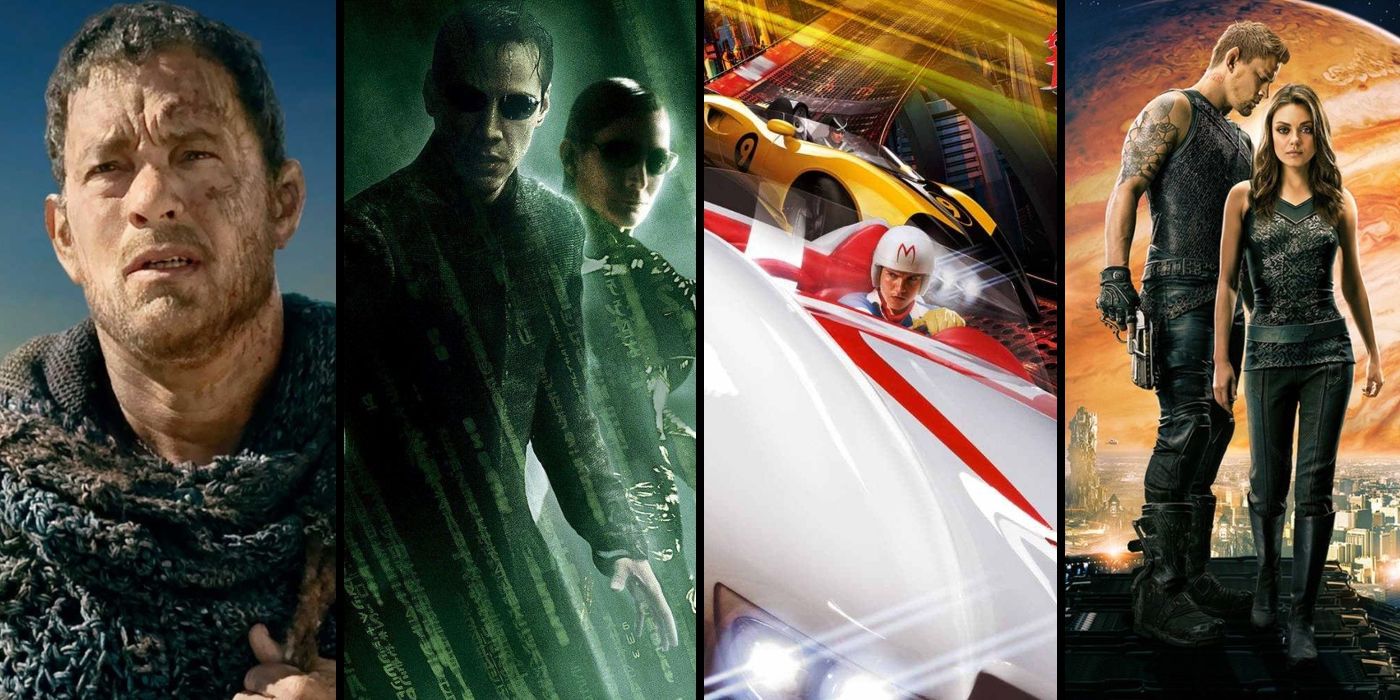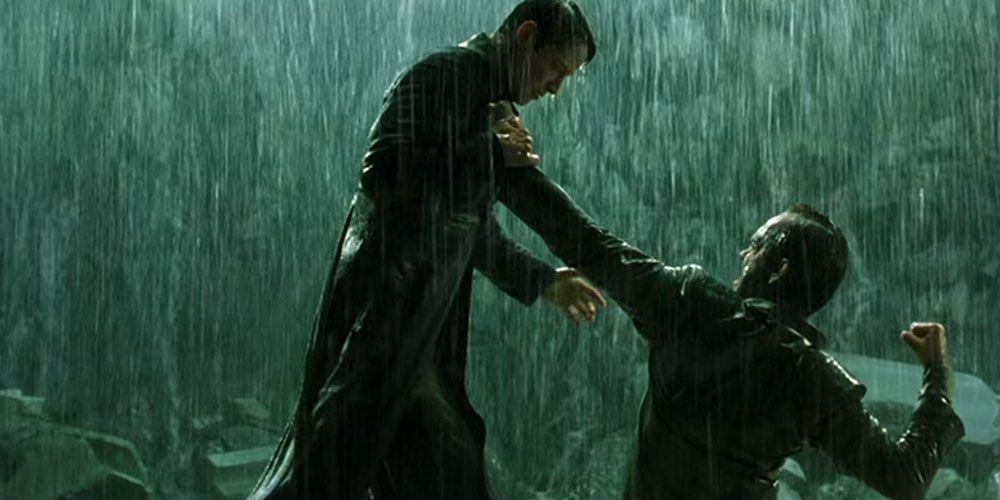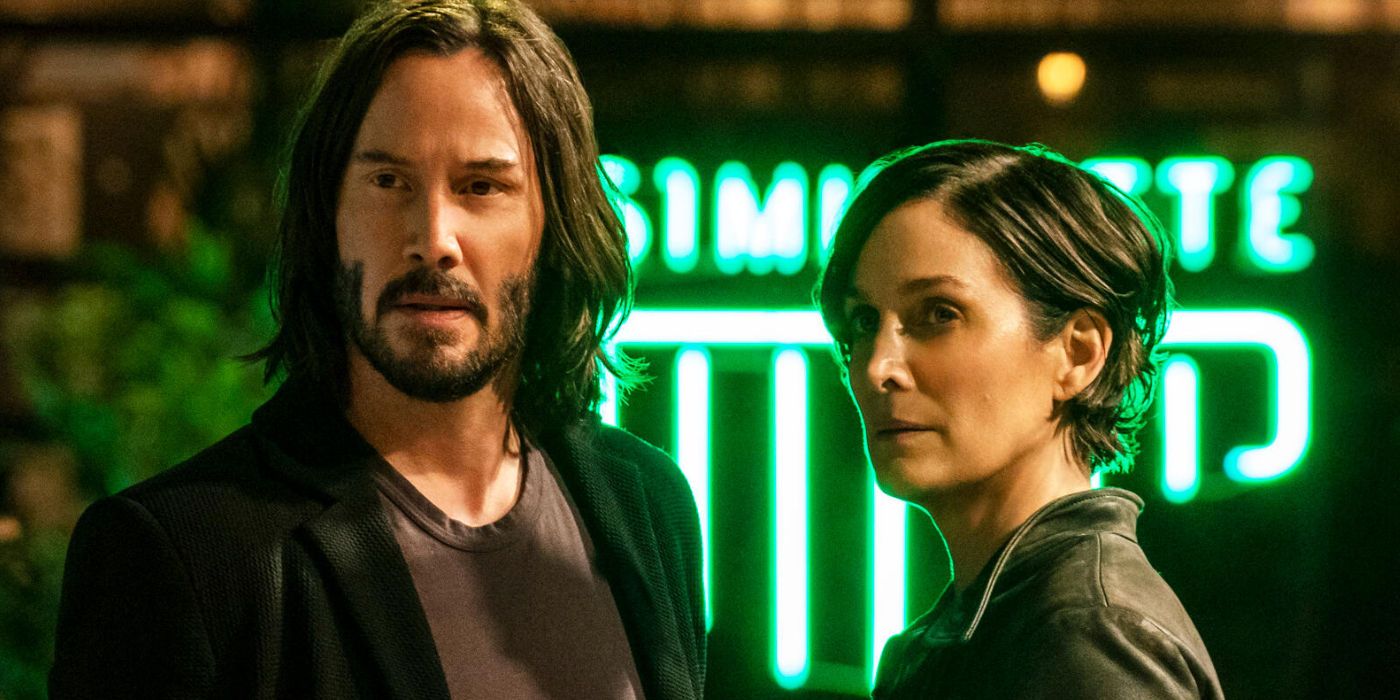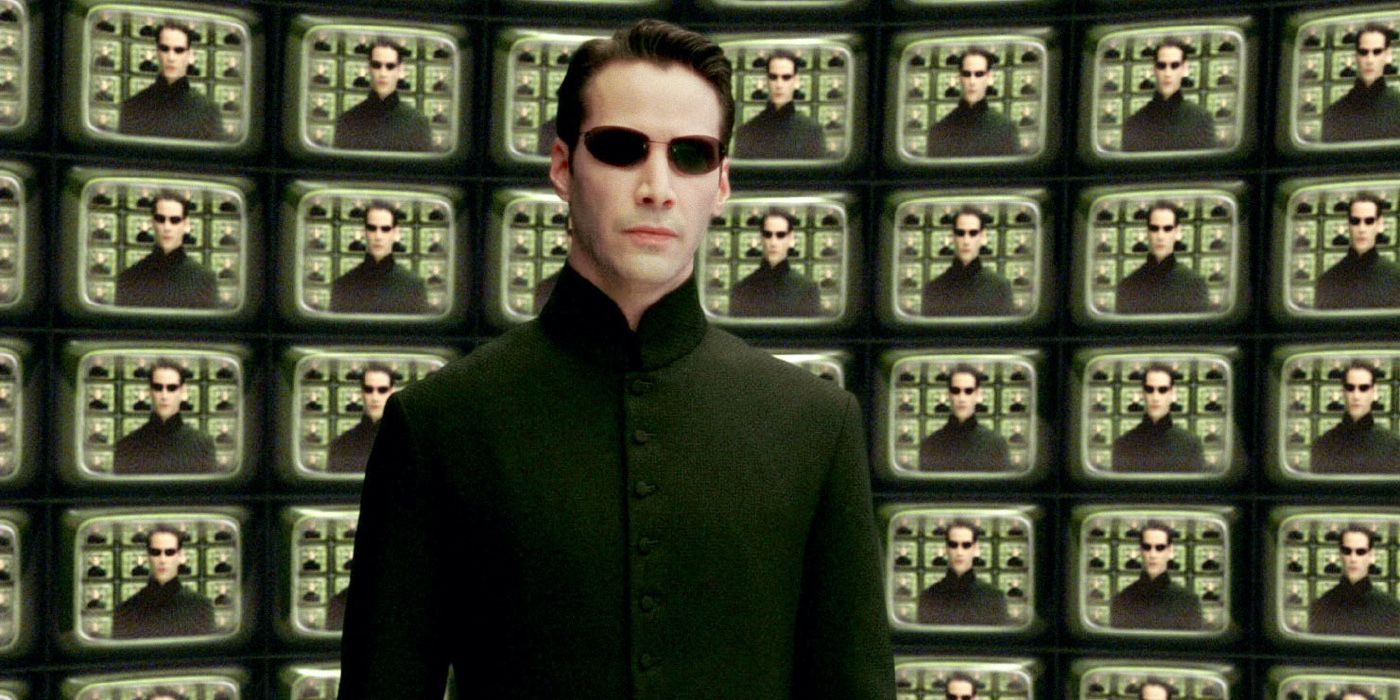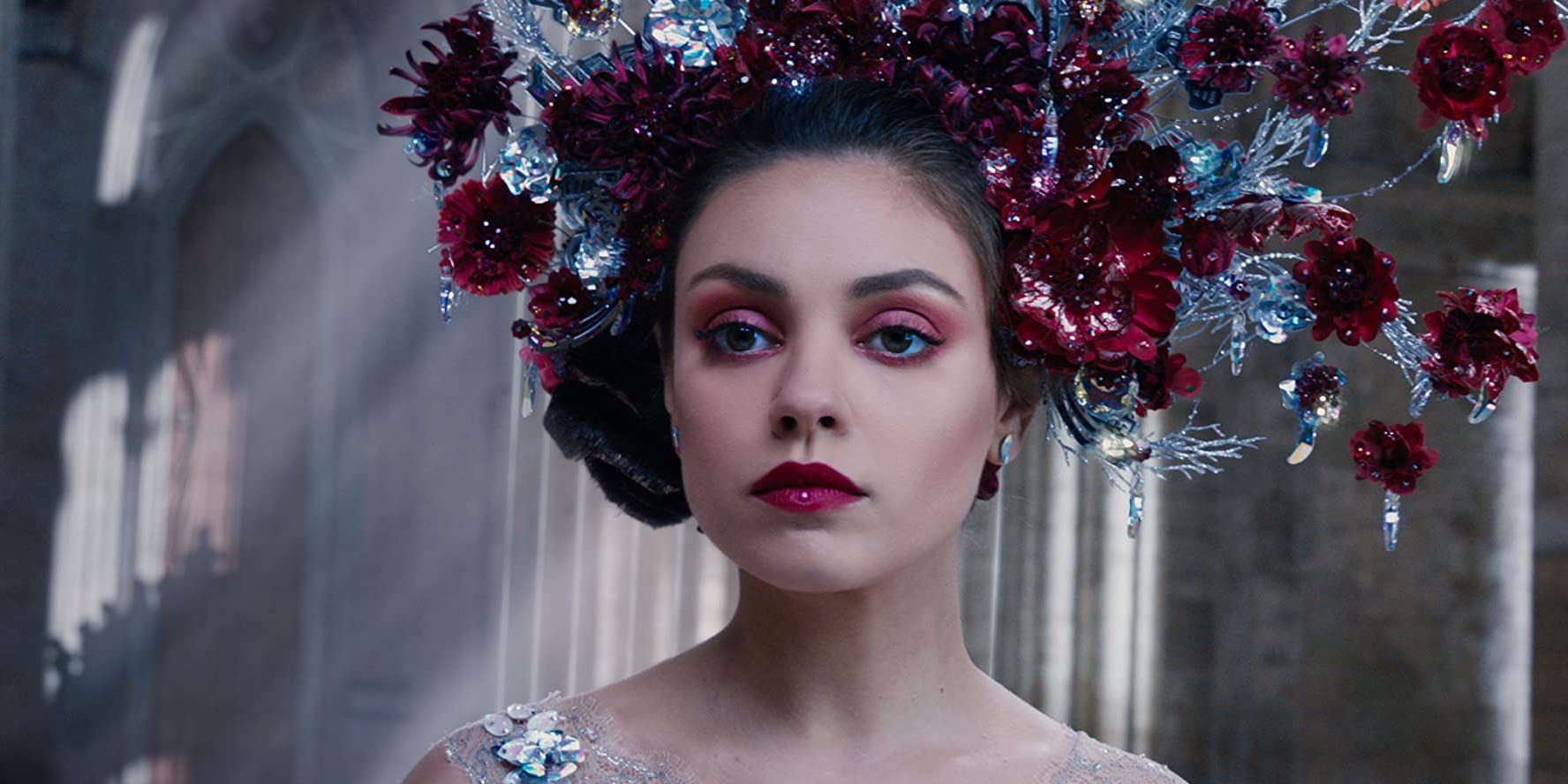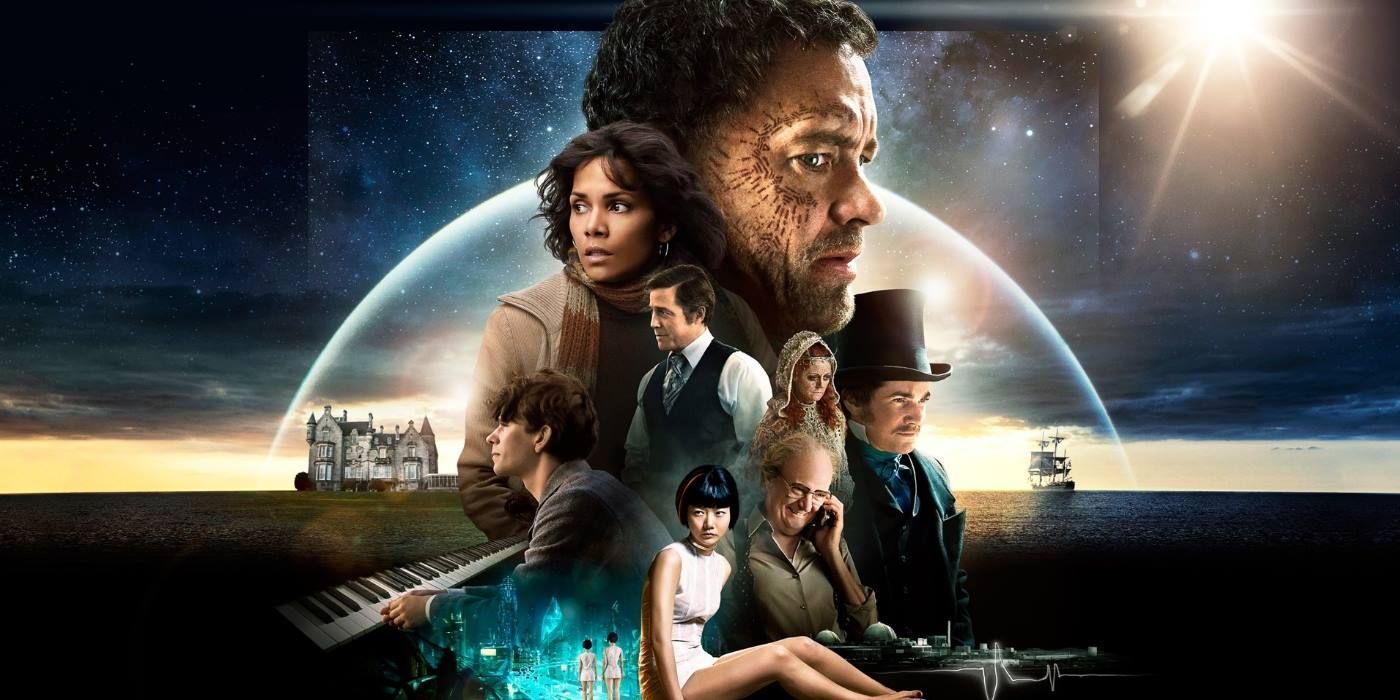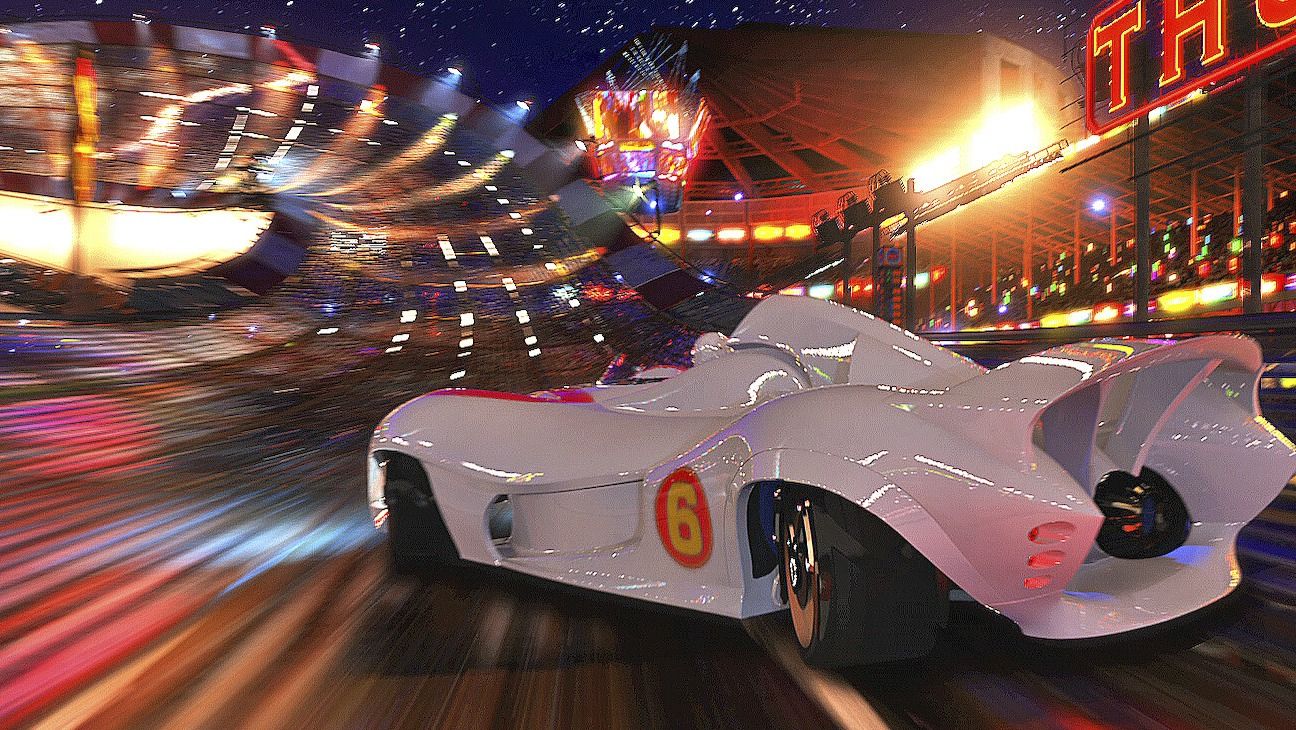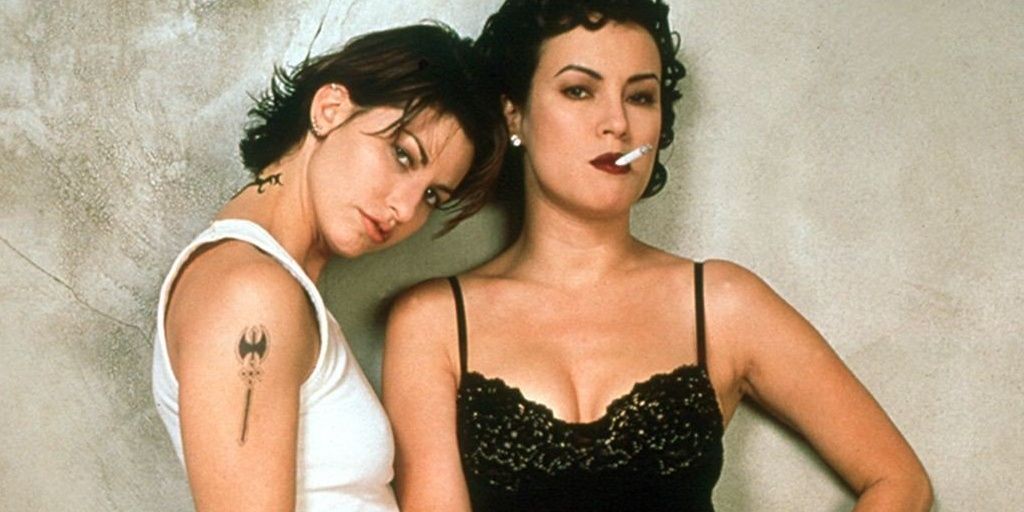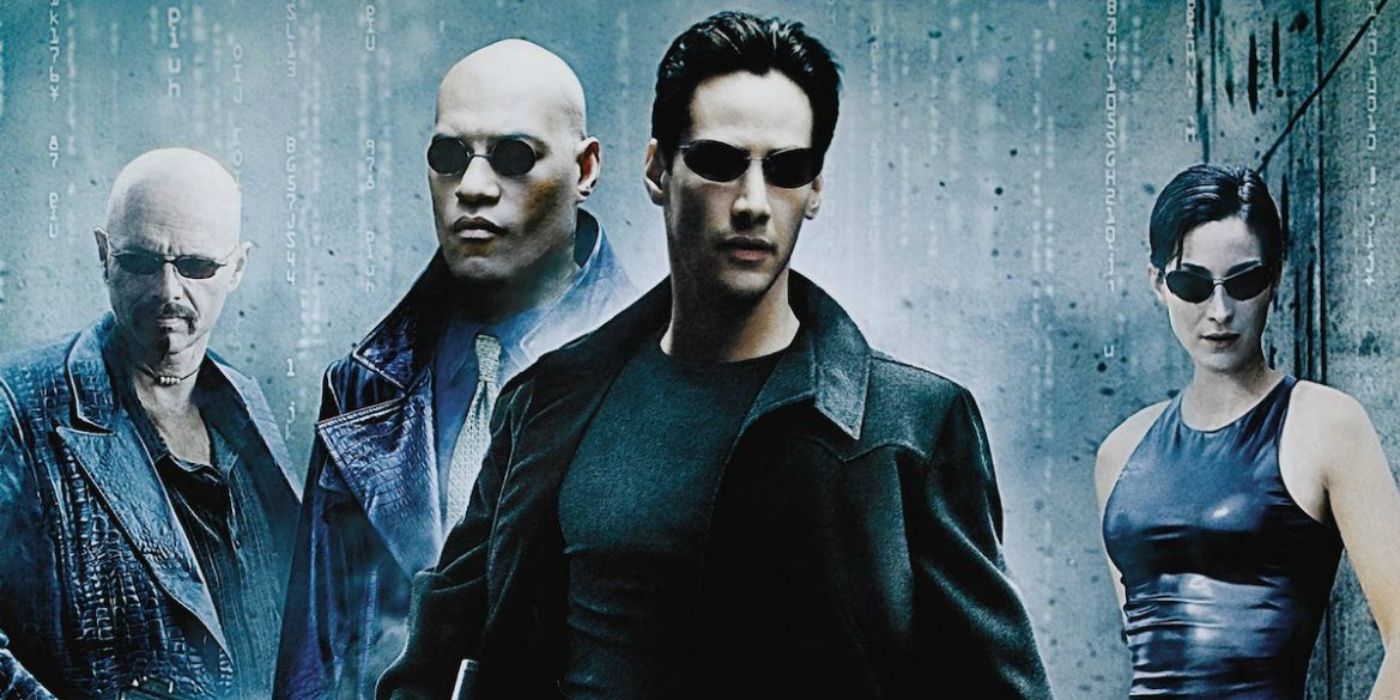Directors Lilly and Lana Wachowski have had some of the boldest ideas in Hollywood, which have translated into the quality of their movies — but which movie was the best? Over the course of close to 25 years, the Wachowskis have helped reshape the very face of modern blockbuster cinema. It's easy to forget just how big a deal 1999's The Matrix was when it blazed onto screens worldwide and rewrote the handbook on what modern science-fiction and action cinema could look like. With its potent blend of classic sci-fi literature, philosophical tracts, Hong Kong kung-fu movies, and fetish, The Matrix felt like a much-needed shot in the arm for Hollywood.
Lilly and Lana Wachowski’s presence in Hollywood remains deeply radical. The pair stand tall as two of the most prominent trans women in entertainment history — nearly directing Man of Steel — and the influence of their work on queer cinematic theory has yet to be fully explored. Aside from that, it’s safe to say that nobody is making work in film and TV right now as challenging, ambitious, and wholly bonkers as the Wachowski sisters. That's illustrated by their ability to get Sense8, a mind-bending and deeply sexual sci-fi romance centered on the politics of gender and identity, onto Netflix at a time when the streaming service was still so new to original content. They also, along with German director Tom Tykwer, saw David Mitchell's seemingly unadaptable novel Cloud Atlas and decided it would be a walk in the park. Even when their output inspires jokes or critical derision - and it often does - it's a true delight to see what the Wachowskis have to offer.
The pair recently worked separately on very different projects. Lilly is a writer and executive producer on Showtime's Work in Progress, while Lana co-wrote and directed The Matrix Resurrections, which sees the return of Keanu Reeves as Neo and Carrie-Ann Moss as Trinity. Even apart, the Wachowskis show how wide-ranging their skills and interests are, and that's something certainly needed more within the industry. To celebrate that, here's a look at the eight movies directed by the Wachowski sisters, and a ranking them from worst to best. This list does not include their television work, producer efforts, or contributions to video games, such as Enter the Matrix. It also doesn't consider movies they only wrote, but didn't direct, including Assassins, The Animatrix, and V for Vendetta.
8. The Matrix Revolutions
It's oft-forgotten that both sequels to The Matrix were released in 2003 within six months of one another. It was a short enough window of time to ensure that audiences hadn’t grown cynical of the franchise, even with the second installment seeing a dramatic drop in quality from its predecessor. The climax, The Matrix Revolutions, only exacerbated those problems. You can never claim that the Wachowskis don't aim high with their thematic intent, but intent does not instantly equal reality, and The Matrix Revolutions' philosophical tracts become borderline insufferable by the end. The Matrix Revolutions ends up crushed by the sheer weight of its plotting and concept. All that build-up and the long-awaited ending feels under-cooked and painfully anti-climactic. Few series have the startling drop in quality between movies quite like The Matrix.
7. The Matrix Resurrections
After nearly 20 years away from her signature franchise creation, many wondered whether Lana Wachowski — now working without her sister Lilly, who decided not to take part — could summon up the old magic, and make a movie more akin to the classic original Matrix than the divisive sequels. While anyone expecting a movie as good as the first Matrix will be disappointed, The Matrix Resurrections does a lot of things right and retains the intelligent sci-fi spirit of its progenitor.
What some seem to be having trouble adjusting to is just how little Neo and Trinity get to perform acrobatic feats of wire-work and blast away at agents with machine guns, despite those action scenes becoming a trademark of prior movies. Instead, The Matrix Resurrections is content to take a look at the franchise's impact on culture and place in history, through the lens of a reboot that even in-universe is being reluctantly created due to Warner Bros. executive demands.
6. The Matrix Reloaded
Cohesion has never been the strongest suit of the Wachowski sisters but that often doesn’t matter when their visual and emotional roots go so deep with these excitingly original tales. The Matrix Reloaded isn’t the disheartening mess that its sequel was but you can see the wheels coming off the vehicle by this point. It's refreshing to see a blockbuster on this scale that's intended for mainstream audiences taking its portentous themes seriously but so often the expository dialogue feels like homework. This is especially true of Neo's infamous encounter with The Architect, which has deservedly been the subject of memes about how long-winded and densely worded it is. The action scenes are still exhilarating, especially a freeway chase that stands up there as one of the peaks in the directors' filmography. These movies delight in getting viewers to think, so it’s obviously disappointing that The Matrix Reloaded works best when the viewer leaves their brain at the door.
5. Jupiter Ascending
Jupiter Ascending is one of those truly fascinating disasters that is simultaneously terrible and kind of brilliant. So, essentially, it's Peak Wachowski movie. This space opera tale of a normal woman who discovers she is the true owner of Earth and becomes embroiled in an intergalactic battle is preposterous in the best ways possible. Even simply explaining basic plot beats feels like a dream (Sean Bean is a half-bee and Channing Tatum is a dog-man soldier; not to mention Terry Gilliam stars in this). It may be a structural mess, too weighed down by its need to include every idea the directors have ever had, but for the right person, there is method to this madness. Jupiter Ascending is a rare original sci-fi movie that is wholeheartedly feminine in its vision and aesthetic, a lush camp frenzy that feels like a teenage girl's poster-covered bedroom wall. There’s nothing else like it in film. That will either delight you or prove deeply aggravating: There is no in-between.
4. Cloud Atlas
It’s a minor miracle that a cinematic adaptation of Cloud Atlas even exists. David Mitchell’s award-winning novel (which was a surprise success with readers given its ambition and oft-impenetrable nature) is a sprawling combination of characters, styles, and themes, stacked together like matryoshka dolls. The story jumps from dystopian sci-fi to wacky comedy to historical romance and much more, posing questions about reincarnation and the unchanging qualities of human nature. Where do you even begin with such a tale? For the Wachowskis and Tom Tykwer (Perfume, Run Lola Run), the first step was to commit to a more mosaic take on the multiple narratives and the use of extensive make-up and effects to allow an ensemble of familiar faces to play the many roles.
Viewers cannot fault the movie for its commitment to the exhaustive scale of the novel. At close to three hours long, Cloud Atlas crams in as much of the book as it can and allows actors like Halle Berry, surprisingly infrequent sci-fi movie star Tom Hanks, and Hugh Grant to do the kind of work that they're never usually offered. The incredible highs of the film — such as Doona Bae's performance and the story of Robert Frobisher, played by Ben Whishaw — are offset by some undeniable clangers, like the sigh of Hugh Grant as a cannibal warlord or the yellowface prosthetics. Its failures are noble but failures all the same, even if Hanks somewhat surprisingly believes it's one of his best movies. Still, it is immensely engaging, all things considered, and a pure cinematic leap of faith that one cannot help but admire. It also seems likely to be re-evaluated as the years go by, possibly becoming a cult classic.
3. Speed Racer
Upon release, the Wachowskis' movie adaptation of the popular manga/anime series Speed Racer was deemed a critical and commercial flop (it only grossed $93 million worldwide on a $120 million budget). The general consensus among critics was that it was too overladen with sound and fury without the heart to match, but time has been far kinder to the movie. It's frenetic and furiously entertaining, part real-life cartoon and part Andy Warhol piece.
It may not be especially cohesive in pure narrative terms, but that's really not the point: Speed Racer wants to capture the dizzying energy of its source material and it does that with mountains of enthusiasm. The Wachowskis also clearly loved working with co-star Christina Ricci, who cameoed in Matrix Resurrections. The movie feels all the more necessary now, after audiences spent years dealing with the increasing realism of blockbuster cinema that prioritized grit over vibrancy. Speed Racer, by contrast, is an unabashedly fake-looking wild ride of visual pleasure. To this day, it also remains one of the few truly great Hollywood adaptations of an anime, a subgenre that the industry has spectacularly failed at for many years now.
2. Bound
Before they became sci-fi filmmakers, the Wachowski sisters made their directorial debut with a sleek and immensely sexy film-noir inspired by the likes of Raymond Chandler and James M. Cain. Jennifer Tilly plays a gangster's moll who enters an affair with an ex-con played by Gina Gershon and joins up with her to fleece her boyfriend out of $2 million. Imagine if Double Indemnity was extremely violent and proudly queer and one is halfway there.
Bound wears its classic Hollywood influences proudly on its sleeve — from John Huston to Cursed co-creator Frank Miller — but it succeeds by subverting those well-worn genre norms. There's startling cruelty to the film but also a radical empathy for its heroines, who are prickly and often amoral but extremely charming. The sex scenes and fully-formed romantic relationship between Tilly and Gershon remain one of the best lesbian romances in a mainstream American movie.
1. The Matrix
Over two decades later, the magic of The Matrix is still as compelling as ever. No matter how bad the sequels got or how many times it was ripped off by inferior efforts, that first movie has retained all of its power. Even if you put aside the influence of the film, as an independent entity, The Matrix is startling in its scale, mood, and energy. Mixing together the work of William Gibson with post-war pulp sci-fi and new age spirituality, the story's depths are evenly matched by its spectacle. Long before his career renaissance with John Wick, Keanu Reeves cemented his status as an action hero, bringing aloof wonder to the role of Neo. Hugo Weaving's turn as the villain is a perfect mixture of unnerving and kooky. On top of all that, The Matrix is just incredibly cool in a way that is tough to replicate. Hollywood may never pay off the insurmountable debt it owes Lilly and Lana Wachowski for changing the medium as thoroughly and passionately as they did, even if "bullet time" is the thing most people probably remember about the film.

